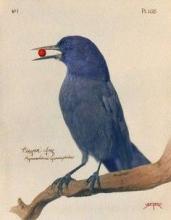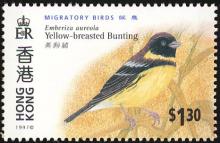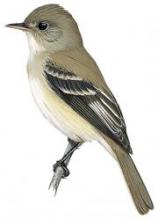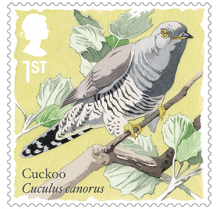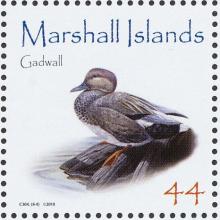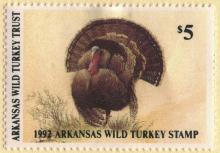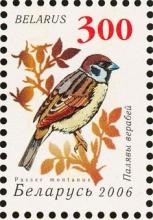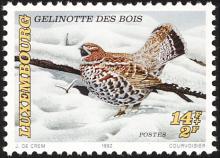Bird populations in New Mexico are nosediving
Bird populations in New Mexico are failing to take off — in fact, they’re nosediving. A study conducted by scientists at the Los Alamos National Labs (LANL) found that piñon pine trees are dying in growing numbers, which is having adverse effects on wildlife in the area — especially birds.

